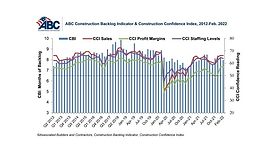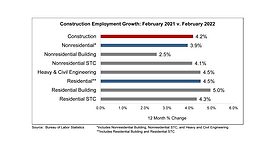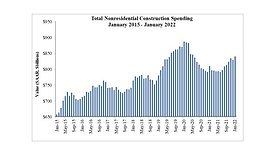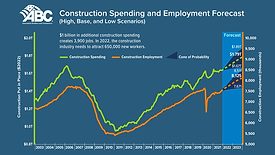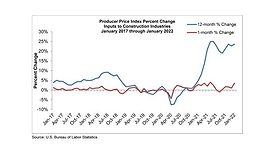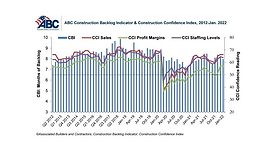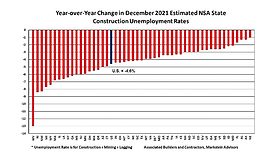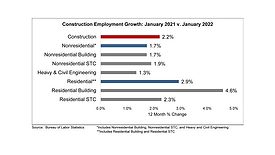Home » Keywords » restoration industry trends
Items Tagged with 'restoration industry trends'
ARTICLES
Behind the Scenes: Two ATI Restoration Acquisition Journeys
Ask the Expert
February 22, 2022
Get our new eMagazine delivered to your inbox every month.
Stay in the know on the latest disaster restoration and remediation trends.
SUBSCRIBE TODAY!Copyright ©2022. All Rights Reserved BNP Media.
Design, CMS, Hosting & Web Development :: ePublishing

